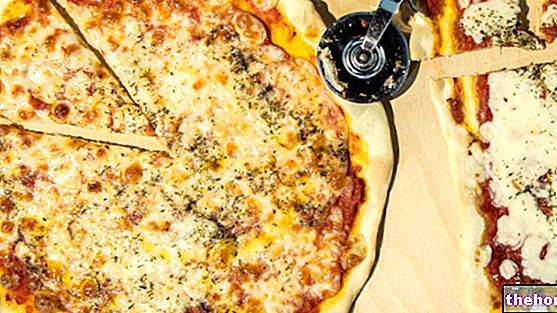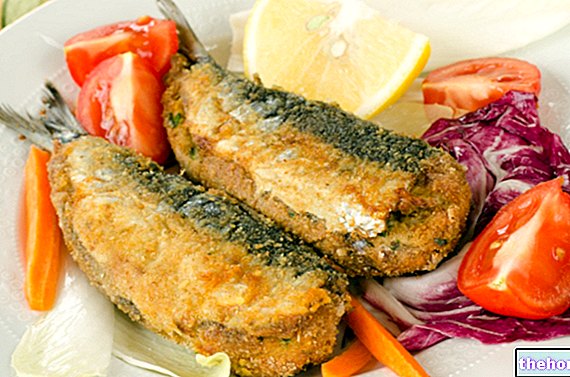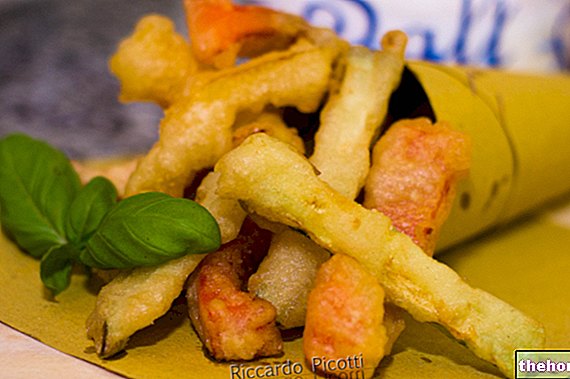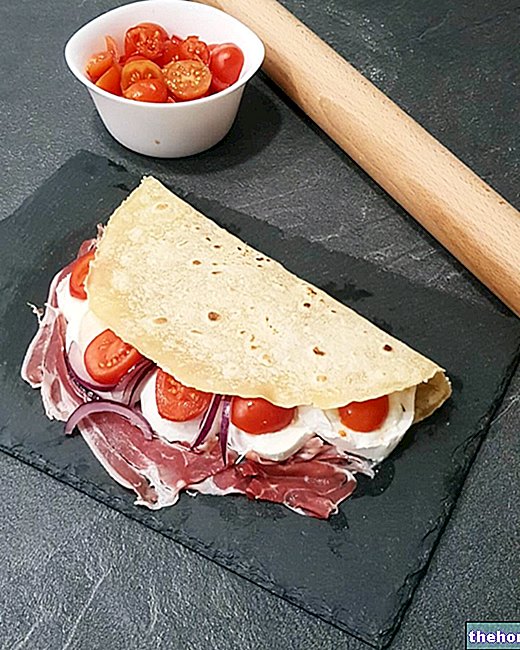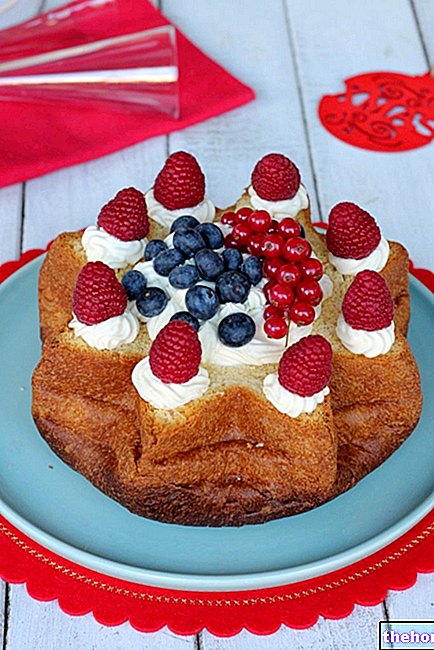Today boiled potatoes for everyone! I imagine that, for some of you, the video may seem trivial, considering that it is a simple preparation: in reality, I guarantee you that the correct method for cooking potatoes in water is not as obvious as it seems! Just to ask a few questions: which are the most suitable potatoes to be boiled (white, yellow or new)? Is it better to peel them or cook them with the peel? Are boiling and bleaching synonymous? How long do they have to stay in the water? Should they boil from cold or hot water? How to peel them easily? Follow me in this video to find the answer to all your questions!
Video of the Recipe
Problems with playing the video? Reload the video from youtube.
Identity Card of the Recipe
- 83 KCal Calories per serving
-
Ingrediants
- 700 g of potatoes
Materials Needed
- Casserole with lid
- Stick from skewers
- Small brush
Preparation
What to know before starting
For this type of preparation, we recommend the purchase of yellow-fleshed potatoes, ideal - as well as for boiling - for frying, for the preparation of salads and for baking.
New potatoes, on the other hand, are not recommended for boiling: this type of potato is ideal for cooking in the oven.
White potatoes, more floury, are ideal for preparing mashed potatoes, gnocchi, croquettes or for all recipes that include the addition of eggs and / or flour.
Red potatoes (with red skin but with yellow flesh) are suitable for all uses, even for boiling.
Boiled potatoes should not be eaten with the peel.
It is preferable to choose potatoes rich in selenium and iodine, i.e. potatoes grown in soils rich in these minerals.
Boiled potatoes have a high glycemic index, so they should be taken in moderation by people with hyperglycemia and by those who follow a low-calorie diet. Furthermore, they are tubers poor in water and dietary fiber.- Wash the potatoes in cold water, scrubbing them with the brush to remove any traces of soil.
- Collect the potatoes in a saucepan, fill with cold water and bring to the fire: adding salt is not recommended.
Did you know that
For even cooking, it is recommended to choose potatoes of the same size.
Salt, when cooking, is not recommended because it could cause the potatoes to flake.- Cook the potatoes gently, taking care not to boil them too briskly to avoid breaking them. Cooking times can vary from 25 to 50 minutes, depending on the size of the potatoes. Approximately 20 minutes of time are calculated for every 100 g of weight of the individual potatoes. To establish the right degree of cooking of the potatoes, it is advisable to skewer them, at the end of cooking, with a stick for skewers or with a fork: if the stick sinks easily, the potatoes are ready.
- Immediately drain the potatoes from the cooking water to avoid filling them with water. Peel them when hot, possibly with the help of a small knife.
- Cut the potatoes into slices or pieces, and serve for the preparation of salads.
Boiling or bleaching?
Boiled potatoes represent a precooked and ready-to-use food: this means that, once removed from the water and peeled, the potatoes can be eaten as they are or used for the preparation of other recipes.
Bleaching, on the other hand, is a particular method of preparing potatoes (and other vegetables) which consists of dipping the food in boiling water: bleaching times must be very quick. At the end of bleaching, the potatoes are not cooked. , therefore they cannot be taken directly, but will have to be subjected to further treatment (eg baked potatoes).Alice's comment - PersonalCooker
Now that we have learned all the tricks for preparing boiled potatoes, we can unleash our imagination and create countless recipes! A few examples? After boiling the potatoes, they can be mashed to prepare gnocchi, bread dough and mashed potatoes, or they can be cut into slices and enjoyed in salads! Again, they can be browned in the oven with a drizzle of oil
Discover a flawless trick to peel them easily, in seconds!Nutritional values and Health Comment on the recipe
Boiled potatoes are a food of vegetable origin that falls into the III group of foods.
They have an intermediate energy intake between vegetables and cereals or dried legumes. Energy is mainly provided by carbohydrates, followed by proteins and finally by lipids.
Carbohydrates are mainly complex, peptides of medium biological value and unsaturated fatty acids.
They do not contain cholesterol and fiber is scarce.
If used as a side dish, they do not lend themselves to the diet against overweight, type 2 diabetes mellitus and hypertriglyceridemia.
They are suitable for the diet against celiac disease and lactose intolerance.
They are normally consumed by vegetarians and vegans.
The average portion as a side dish is about 100g (85kcal).

